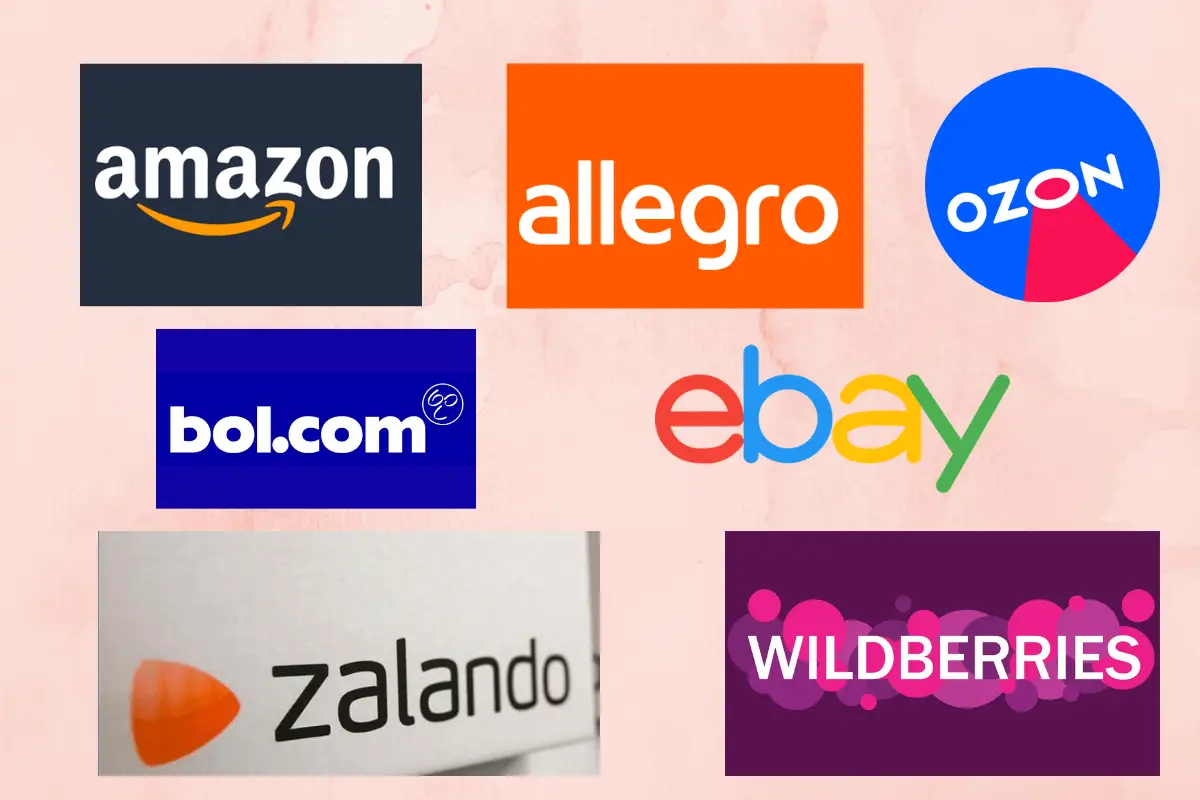Today, there are many ways to invest in trading. However, without preparation, you can lose money. Therefore, it is important to study the risks in advance and choose the appropriate option. The trading sector includes stores, wholesale sales, franchises, commercial real estate, online platforms, and delivery. To invest successfully, you need to have a good understanding of how all this works and be able to assess risks.
Experts distinguish between active and passive investments, portfolio and direct investments, and capital diversification to reduce risks. An investor should take into account the current market situation and long-term prospects. Let’s consider this in more detail in the article.

### **Main Investment Strategies – Where to Invest Money in Trading**
To preserve and increase capital, you can use investment methods in trading that involve the use of passive instruments. Financial investments in retail networks, commercial real estate, and marketplaces allow you to receive a stable income without active participation in the business.
A popular option is portfolio investment in retail. Buying shares of the largest retail companies, such as X5 Group, Lenta, or Ozon, provides an opportunity to receive dividends. Investments in funds (ETFs) focusing on retail help minimize risks and distribute capital among different trading sectors.
Commercial real estate remains a reliable asset. Owners of retail premises receive stable rental income, depending on the location and traffic of the property. Modern investors more often invest in warehouses and logistics centers. This is relevant against the backdrop of the growth of online trading.
### **Active Investments: Capital Management in the Retail Market**
Starting your own business in retail requires high involvement. It gives full control over assets and the ability to manage development. Opening your own store, franchising, or buying an existing business allows you to make a profit by actively managing processes. In this case, it is necessary to consider marketing strategies, procurement, turnover, and the level of competition.
Direct investments in retail are an active investment option. Acquiring stakes in existing companies or participating in venture projects gives a chance to achieve high profitability. It is associated with risks. To minimize losses, investors analyze the business model, development prospects, and market conditions.
### **Direct or Portfolio Investment in Trading – Which Approach to Choose**
The choice between direct and portfolio investments depends on goals, level of involvement, and readiness for risks. Some prefer control over the business and active participation in its development, while others prefer stability and asset diversification. Let’s look at the key features of each approach, their advantages, and potential risks.
### **Direct Investments: Control and Opportunities**
Investing involves buying a stake in a company or full ownership of a business. The approach requires involvement in management, providing access to high margins and strategic development. Franchising is a popular method that allows working under a well-known brand with minimal risks.
Direct investment is suitable for entrepreneurs ready for management decisions and prompt response to market changes. Investments in startups and local retail chains can bring high returns. They require careful evaluation of financial indicators and business strategy.
### **Portfolio Investments: Stability and Diversification**
This approach reduces risks by distributing assets among different companies and sectors. An investor invests capital in stocks, bonds, and funds, forming a balanced investment portfolio.
### **Risk Minimization in Trading Investments**
Retail is subject to a number of risks, including changing consumer preferences, economic fluctuations, and increased competition. Additional threats include legislative changes, marketplace development, and increased logistics requirements.
### **How to Protect Investments**
To minimize risks, investors use diversification – the distribution of capital among different assets. Financial literacy, evaluation of business plans, and regular market monitoring help reduce the likelihood of losses.
### **Tips for Investors on Minimizing Risks in Investments**
Before choosing ways to invest in trading, it is important to study market trends, demand dynamics, and competitors’ behavior. Developing a clear strategy helps avoid spontaneous decisions that can lead to losses. Experienced investors analyze current indicators and forecasts for the coming years. Investment methods:
1. **Choosing Reliable Assets**. Investments in proven retail networks, successful franchises, and stable companies reduce the likelihood of financial losses. Profitability depends on the stability of the business, its competitive advantages, and the ability to adapt to changing market conditions.
2. **Capital Allocation and Risk Insurance**. Using a diversification strategy helps protect investments from the instability of one sector. Placing funds in different trading directions, such as online commerce, offline retail, and logistics, reduces dependence on individual factors. Additionally, financial risk insurance allows compensating for potential losses.
### **Profitability of Trading Investments**
Key factors of profitability include the location of the trading point, product range, marketing tools, and operational efficiency. Investment methods in trading depend on demand levels, competition, and economic conditions.
### **Which Assets Bring Maximum Profitability**

Investments in assets with high liquidity – commercial real estate, e-commerce, and network stores – are considered the most profitable. A long-term strategy requires analysis of trends, including trade automation, personalized marketing, and the development of omnichannel sales.
### **Conclusion**
Investment methods in trading provide an opportunity to increase capital and require a competent approach and consideration of market factors. Portfolio and direct investments, active or passive participation – the choice depends on the strategy and level of involvement. Experienced investors use diversification, analyze the market, and consider macroeconomic trends. A smart approach to investments helps minimize risks and ensure stable profitability.
 en
en  ru
ru  de
de  ar
ar  es
es  hi
hi  fr
fr  nl
nl  it
it  pt
pt  el
el 










